A black belt from our dojo asked me the other day:
“Jesse-san… why are we Karate people always so “obsessed” [airquotes] with imitating old masters?”
I looked at him, and he must have sensed my “WTF?” hanging in the air, because he quickly continued:
“I mean, don’t get me wrong now, I don’t mean to be disrespectful. But soccer players don’t kick the ball in the exact way that some famous old historical soccer players did, neither do ice hockey players imitate old ice hockey legends. They don’t argue between clubs about who is more ‘true to history’, more ‘traditional’ or more ‘orthodox’. So, if other sports don’t, then why do we?”
Impressive.
Good question.
Look at other martial arts. Do MMA fighters try to replicate double leg takedowns as they were done 150 years ago? I doubt it. Still, we, as Karate people, are almost proud to tell beginners that “our style has remained unchanged since master X passed away, Y years ago!”.
Like that would somehow make a difference to them.
So why do we in Karate repeatedly need to brag about our lineages and masters? Why do we feel the need to constantly refer to dead guys in black and white photos? Is it to *gasp* justify our own fear or lack of knowledge?! Perhaps.
I’ll tell you what though: The real reason, I believe, to why history, culture, old masters and straight lineages have always been so incredibly important to Karate practititioners is mainly because of one interesting reason:
Because Karate is an art.
A martial art.
Better yet, a smartial art.
And to understand this even better, you could compare Karate to another form of art.
Painting.
Look at Van Gogh. You know, the famous Dutch painter.
In the days when Vincent was painting, he often sold his work for just enough money to cover the cost of paints and canvas. Back then, his ideas and his paintings were one and the same, and neither was held in very high regard. However, over the last hundred years or so, something changed. Instead of selling for $200, or $2,000 or even $20,000, it’s not unusual to read of a $10,000,000 sale of a genuine Van Gogh.
Over time, his paintings have increased in value with each sale – but the actual paintings haven’t changed at all, have they? They’re still the exact same painting!
Just like we tell ourselves Karate is.
And that’s the key.
In Vincent’s case, what’s changed is not the actual piece of art, but the value of his ideas. More precisely, the value we today attach to the whole process that generated the ideas which ultimately formed the piece of art we now so highly regard. It’s a manifestation. Still, it’s easy to get a reproduction of a Van Gogh today. For a few hundred dollars, you can even get a painted reproduction that only a trained expert can tell isn’t the original.
So why pay twenty million dollars?
Because it’s art.
It’s more, much more, than the mere end result.
Compare this inexorable and dramatic increase in value with the resale value of a regular newspaper though. A newspaper contains news, discoveries and reports from the whole world, in one handy packet. Pretty cool when you think about it. Yet, today’s newspaper is “worth” roughly fifty cents to a dollar. And yesterday’s paper is virtually worthless! If you’ve got a big stack of them, you’re even going to have to pay someone to take them away.
Fascinating, isn’t it?
Why? What happened?
Simple: the newspaper is a vessel for ideas with very short half-lives, and once the ideas aren’t fresh any more, they’re worthless. And besides, we don’t place any special value in the process of creating a newspaper. We know it’s 90% machinery. (Imagine, though, how much you could sell tomorrow’s paper for!)
The thing is, just like in every art I suppose, that the process is always more interesting than the end-result.
More exactly, how did we/it/you/they get here, and why?
(Back to Karate, for those of you who haven’t been following along:)
Whereas other modern combat sports couldn’t care less about who founded their style/method/system of combat, how they did it “in ye olde days” and whatnot, we in Karate are a bit different. The thing with modern tournament-based combat sport is that when you use it for utilitarian purposes, as most people do, you can’t help but only judge the end result. And there is no art in mere utility, there are just products.
Fighters, champions, winners, medalists.
Titles and awards.
So, unless you know for sure that your end-result is going to be awesome (like if you practise MMA and know you’re going to the UFC) or if you genuinely want to feel like a product, go ahead. Forget the art. People have been doing that for ages, all around the earth.
But, be aware that the ‘earth’ without ‘art’ is just ‘eh’.
People can make their own Van Goghs with a computer in a couple of hours. Heck, people make far cooler web graphics and designs every day! But they still use brush and canvas. Why? Becuase they enjoy the process! Art is not just what you make but how you make it. And unless you know about past awesomeness (lineages, masters, history), you can never foresee how to make, and keep making, more future awesomeness. To keep improving. Keep learning.
Keep evolving.
Your art, Karate, isn’t just the “what” of the end result, but also “how” you got there. Thus, as a Karate practitioner, your job duty is to communicate the human experience which forms the shoulders you and I are currently standing on. This we do by studying not only the present, but also the past. Studying, and thereby placing value in, the process.
Learning from the numerous crossroads our own masters valiently faced.
So, I urge you to consider Karate an art, if you already don’t.
Sure, sports is great, self-defense is cool and physical training is healthy, but why limit yourself? I also urge you to question yourself and the things you’re doing, the next time you’re thinking about Karate.
You see, “Did it work?” is not a question for art.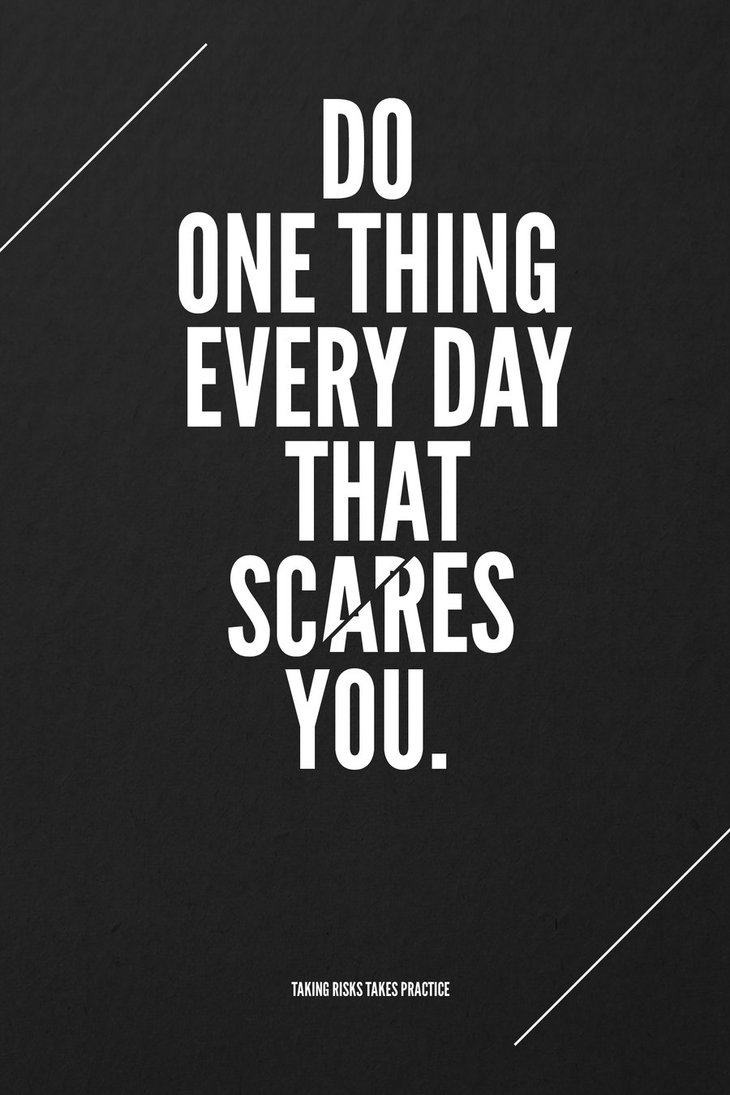
That’s a question for your washing machine.
Questions for art is:
- Did you bring your insides out?
- Did you acknowledge the lump in your throat?
- Did you express the essence of the art?
- Did you try something with a new twist? Something risky?
- Did you move from your heart?
- Did you kick life into Karate?
We must put just as much time into our “how” and our “why”, as we do our “what”.
Or else Karate becomes an empty vessel…
I once heard that an artist never really finishes his work, he merely abandons it. I like that. You know how we in Karate always say that we’re ‘never done’? That training ‘never stops’? That there’s always something ‘new to improve’?
Well, there you go.
“But Jesse-san… How can Karate be an art when it’s not free? We are constrained in so many ways! Rules for this, rules for that… The word “kata” even means “form”!”
True.
We are limited. Especially when it comes to things like kata (unless you subscribe to that freestyle stuff).
But what you need to know is that art actually consists of limitation.
My homeboy Leonardo da Vinci even said it himself: “The greatest art is created in the smallest rooms.” Meaning, it’s not about ‘merely’ breaking out of the proverbial box, but redefining the actual box itself.
Why? Because the former means acknowledging the existance of a box, while the latter makes the box actually disappear.
The most beautiful part of every picture is the frame.
Holding it all together…
Okay, okay. So we need some limitations to properly express ourselves. But what about these old ineffective techniques and dusty theories people keep tossing around? It’s the 21st century after all!
I see what you mean.
Like, somehow, just because somebody else, in another day and age, decided on something, things are suddenly supposed to be logical?
Like, just because Funakoshi Gichin’s first batch of mainland students changed all kicks to jodan in every Shotokan kata, you need to keep doing that?
Like, for some reason, just because Itosu Anko created five Pinan kata to make his Karate more simple and safe for school kids, you can’t practise dirty finger jabs for a couple of minutes every Karate class?
Like, just because Chojun Miyagi popularized the use of simple Karate-style weight training implements back in the days, you can’t go to the high tech gym around the corner and learn all about plyometric shock training, the myotatic stretch reflex, anaerobic treshold and other scientific stuff?
Of course you can.
Your art is your art.
In the end, no matter what you believe Karate to be, art or not, you must forget about these artsy-fartsy theories anyway and hit the dojo. Forget chanting mantras. Roll up the gi sleeves. To use the painting analogy again; you can study brushes, colors and pigments how much you want, but it will never make you a master painter.
Practise will.
As the saying goes, there can be no art without suffering.
Van Gogh lost his ear to prove a point.
Cry in the dojo, laugh on the battlefield.
It’s your art.
Be an artist.
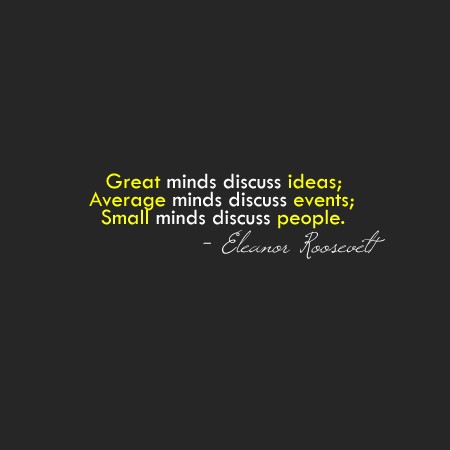

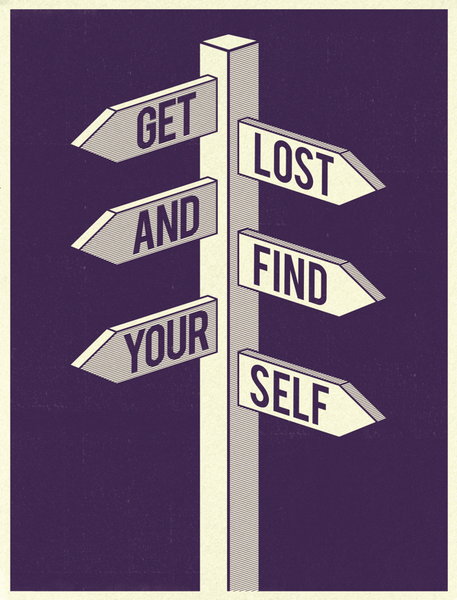
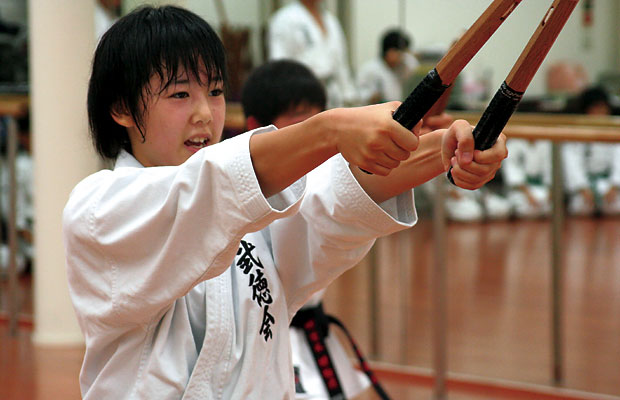
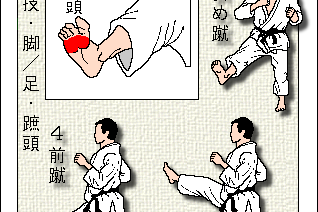
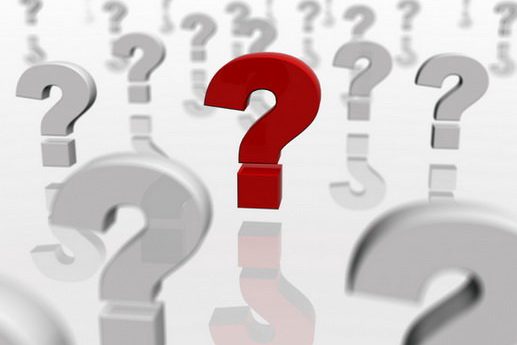
26 Comments